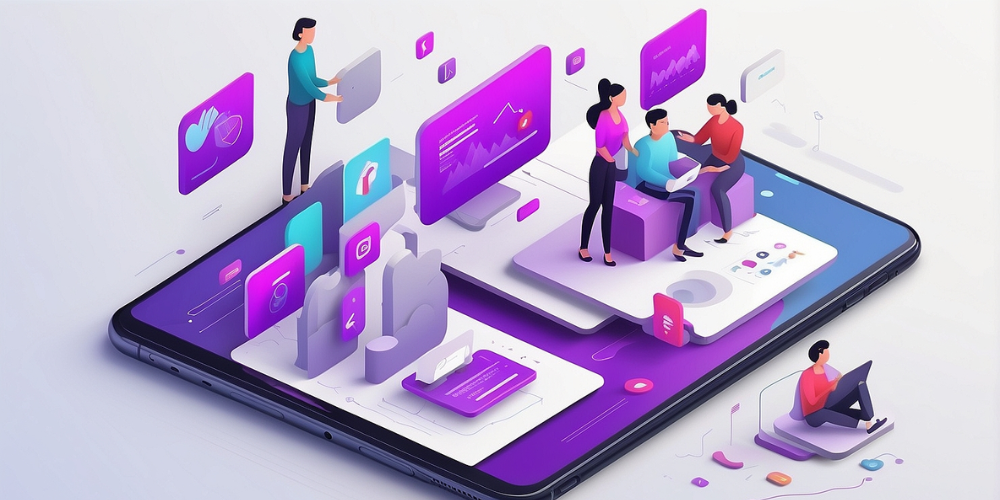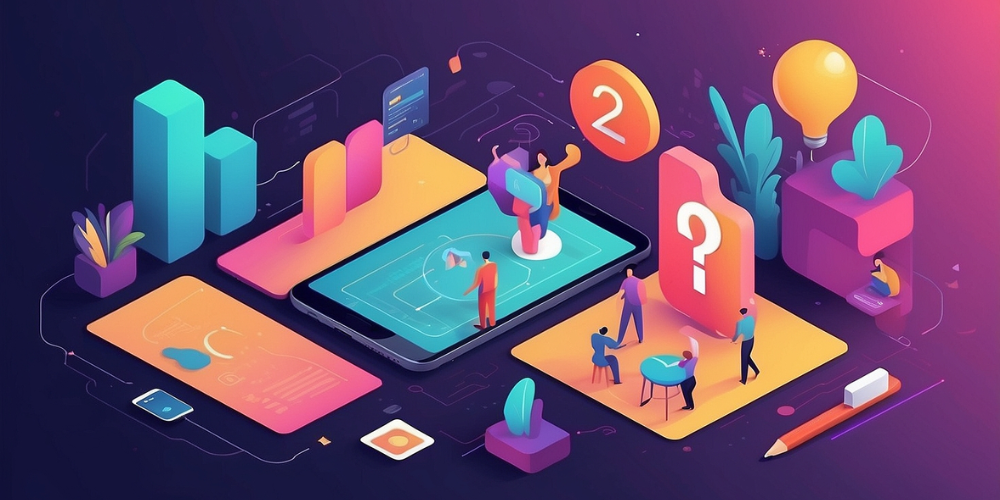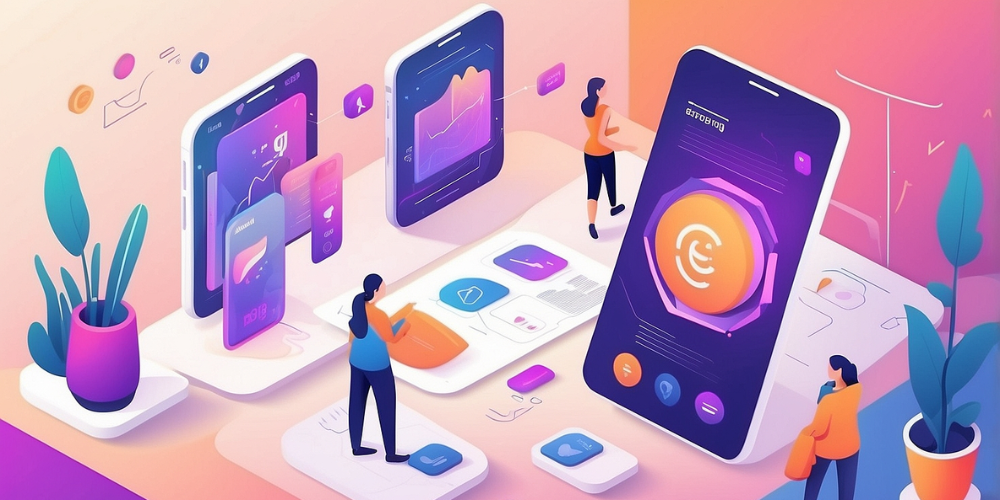Trends in Mobile App Development and User Experience
- Oct 08, 2024
- 962

As someone who has been deeply immersed in the world of mobile app development, I can confidently say that the landscape is continuously evolving. Each year brings new technologies, design philosophies, and user expectations that dramatically alter how we approach app creation. Reflecting on my experiences, I feel it's essential to delve into some of the current trends shaping mobile app development and user experience today.
The Rise of Low-Code and No-Code Platforms
One of the most exciting trends I've witnessed is the growing popularity of low-code and no-code platforms. These tools empower individuals without technical backgrounds to create their applications, which democratizes development. I've seen businesses save both time and resources by enabling team members to build functional prototypes without the constant need for developer intervention. This accessibility opens the door to innovative ideas and faster iterations.
Emphasis on Artificial Intelligence and Machine Learning
Artificial intelligence (AI) and machine learning (ML) have become integral to mobile apps. Through my work, I've observed how these technologies enhance user experiences by personalizing content and predicting user behavior. For instance, integrating AI chatbots into customer service apps streamlines communication, making it feel seamless. As developers, we have the opportunity to leverage these advancements to create apps that learn and evolve with user interaction.
Focus on Augmented and Virtual Reality
The rise of augmented and virtual reality experiences has undoubtedly stirred my creativity as a developer. Combining the physical and digital worlds opens up thrilling avenues for user engagement. For example, apps that allow users to visualize furniture in their homes before purchasing can significantly enhance the decision-making process. Working with AR/VR technologies challenges me to consider the physical user's environment, creating opportunities for rich, interactive experiences.
Prioritizing User-Centric Design
In my experience, the user experience has shifted towards a more user-centric approach. Focusing on users' needs and preferences has led me to prioritize usability and accessibility. Understanding that diverse users interact with apps in various ways, I've adopted a design philosophy that emphasizes inclusivity, ensuring that everyone can navigate and benefit from mobile apps.

Micro-Interactions and Animations
One trend that has captured my interest is the use of micro-interactions and animations. These subtle elements can provide users with feedback, guide them through processes, or even add a touch of delight to an experience. While coding these interactions, I’ve found that attention to detail can significantly enhance an app's overall appeal. It's fascinating how a simple change in animation can elevate the experience from ordinary to extraordinary.
The Shift to Progressive Web Apps
The rise of Progressive Web Apps (PWAs) has also transformed how I develop. By blending the best parts of mobile websites and applications, PWAs offer improved loading times and offline capabilities. This hybrid functionality allows users to access the app on various devices without worrying about installation. As I create PWAs, I’m reminded of their potential to provide a consistent experience across platforms, reaching a broader audience.
Increased Attention to Security and Privacy
With the rise of mobile app usage, concerns about data privacy and security have become paramount. As developers, we must prioritize safeguarding user data and building trust. Personally, I’ve adopted best practices in encryption and data protection to ensure that sensitive information remains secure. Creating transparent privacy policies has become a non-negotiable aspect of my development approach.
Dark Mode as a Design Standard
Over the past few years, dark mode has become a preferred choice for many users. Working on apps that incorporate this feature not only improves user experience by reducing eye strain but also enhances aesthetics. When designing, I find it essential to offer users the choice between light and dark themes. This flexibility gives users control over their experiences, which can significantly impact satisfaction.
Integrating Internet of Things (IoT)
The Internet of Things (IoT) presents unique challenges and opportunities in mobile app development. Connecting devices to mobile apps can create seamless user experiences in various environments. For instance, I've worked on apps that enable users to control smart home devices, making their interactions more intuitive. The integration of IoT has the potential to revolutionize how users manage their daily lives through technology.

The Influence of 5G Technology
The advent of 5G technology has opened new possibilities for developing mobile applications. With faster speeds and lower latency, I find that I can incorporate more complex features and content without compromising performance. This transition allows users to enjoy richer media and real-time interactions, making the experience smoother and more enjoyable.
Cross-Platform Development Frameworks
The shift towards cross-platform development frameworks has made my job easier and more efficient. Tools like Flutter and React Native allow me to write code once and deploy it across multiple platforms, saving time while ensuring consistency. This trend aligns with the need for companies to maximize their reach and minimize development costs without sacrificing quality.
Content-Driven Development
I’ve noticed a significant trend towards content-driven development, where apps are designed with content strategies from the outset. By focusing on what users want to consume, I’m able to ensure high relevance and engagement. This approach aligns app functionality with content, creating a cohesive user experience that holds users' attention.
Sustainability in Development Practices
As environmental concerns grow, I’ve found that many developers, including myself, are becoming more mindful of sustainable practices in app development. This includes optimizing for lower energy consumption and choosing eco-friendly hosting solutions. Incorporating awareness of sustainability reflects an evolving mindset among developers that goes beyond merely creating functional apps.
Feedback Loops and Continuous Improvement
Finally, the importance of feedback loops cannot be overstated. As someone who actively engages with users after an app's release, I've come to appreciate the value of user feedback. Implementing a system for gathering insights helps me make informed decisions for updates and improvements. By keeping the conversation open, I can ensure the app remains relevant and user-centric over time.
Reflecting on the Future of Mobile Apps
As I look ahead, I’m excited about the continuous evolution of mobile app development and user experience. The trends I’ve shared reflect the dynamic nature of the industry, showcasing how newfound technologies and philosophies shape our approach to creating impactful applications. Engaging with these trends not only enhances my skills but also enables me to contribute meaningfully to the ever-changing digital landscape.